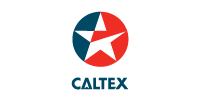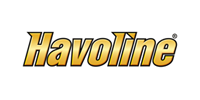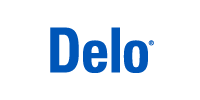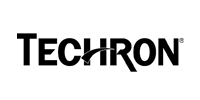Top 4 Tips to Optimize Drains


Engine oil changes are an essential part of routine maintenance for any vehicle or machinery that relies on oil to lubricate its moving parts. Regular engine oil changes ensure that the oil is clean and free of contaminants and prevent engine damage due to overheating or excessive wear. Here are five tips that ensure that oil drains are optimized.
The lubricant that runs through the component is critical to its operation and key to optimizing overall equipment performance. However, one of the many questions that vehicle and equipment owners have is how to find the optimal drain intervals. Solutions and recommendations given are mostly general and seldom specific to the application. Several questions loom: Are acids forming in your oil detrimental to component life? Do your current drain intervals result in unnecessary costs (labor and lubricant) and unnecessary oil waste disposal?
To find answers to those questions, routine oil analysis is the only answer. Moving from preventive maintenance (PM) to a condition-based monitoring program (CBM) is one of the integral parts conducting an accurate oil analysis. Given below are 4 tips that ensure your oil drains are optimized, leading to decreased waste, increased equipment reliability, reduced costs of purchasing new lubricants, and lowered maintenance costs.
1. Inspect the oil and check with the OEM.
Remember to check with the component manufacturer to determine what lubricant formulations are approved for extending drain intervals.
If the manufacturer allows for extended drains on its latest model-year components, being consistent with the lubricant product in the extended drain program will greatly simplify the process.
2. Partake in oil testing and analysis.
Oil analysis accounts for operating conditions, maintenance practices, oil quality, longevity, and other variables that are essential to the equipment's reliability. Participating in comprehensive laboratory testing and analysis can regulate the ideal lubricant drain interval.
3. Identify key performance indicators (KPIs).
Running blind without any key goals or objectives can be counterproductive. This is where a carefully crafted set of KPIs can help. These include:
Acid Number: To gain insight into the levels of oxidation and contamination, measuring the amount of acid present in the used lubricant is key. Always ensure that the acid number level is under both the OEM's and the lubricant manufacturer’s recommendation, as this ensures the continued use of the lubricant in a safe manner.
Base Number (Engines): This test indicates the level of additives in your oil, specifically detergents and dispersants that neutralize the acidic byproducts of combustion. Keep the lubricant’s base number levels above the lubricant manufacturer’s condemning limits to ensure the safe extension of the oil draining process.
Oxidation: Ensure the oxidation levels are below the condemning limit suggested by the lubricant manufacturer, as this may mean the oil can still be used and the drain extended.Nitration: This is critical to monitor in natural gas engines.
Viscosity: Always keep the lubricant’s viscosity within the lubricant manufacturer’s range, as this can determine if the oil can be extended and utilized longer.
These KPIs can be taken into consideration in conjunction to determine an effective drain interval.
4. Use sample reports to take suitable action.
Sample reports should never be ignored. In every sample report, everything from metal levels, contamination, sample history, and recommended actions is included, and it is crucial to review the reports as soon as they are received to take appropriate action.
To conclude, follow these 4 tips to maintain optimum oil drains and make your vehicles and equipment last longer and perform better.





























